The Birth of the World Wide Web in 7 Key Stages
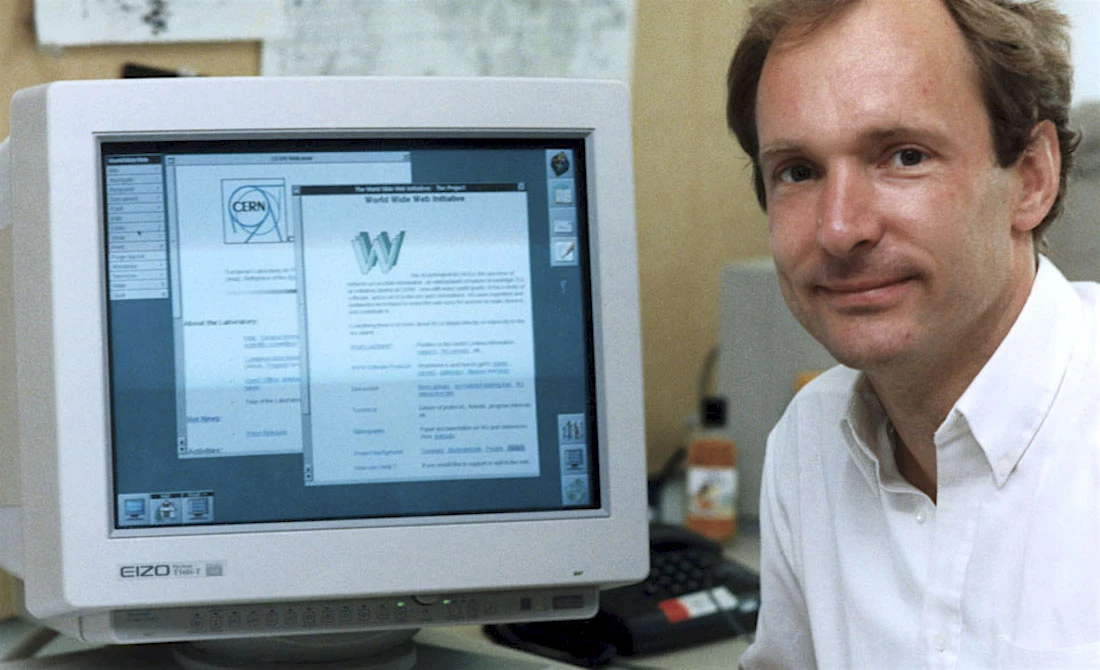
This year marks the 25th anniversary of the launch of the World Wide Web for the general public. In 1991, Tim Berners-Lee posted the seminal “WorldWideWeb Project” document in various Usenet newsgroups and provided the alpha version of a basic Web browser, the Line Mode Browser, on an FTP server for downloading. This was the start of a world-wide Web that could be used and tested by any Internet user.
This year marks the 25th anniversary of the launch of the World Wide Web for the general public. In 1991, Tim Berners-Lee posted the seminal “WorldWideWeb Project” document in various Usenet newsgroups and provided the alpha version of a basic Web browser, the Line Mode Browser, on an FTP server for downloading. This was the start of a world-wide Web that could be used and tested by any Internet user.
Since then, the Web has been so successful that in most people’s mind, the application over TCP/IP has become synonymous to the Internet. Let’s take a few moments to reflect on seven defining moments of the Web:
1989
Tim Berners-Lee’s Idea
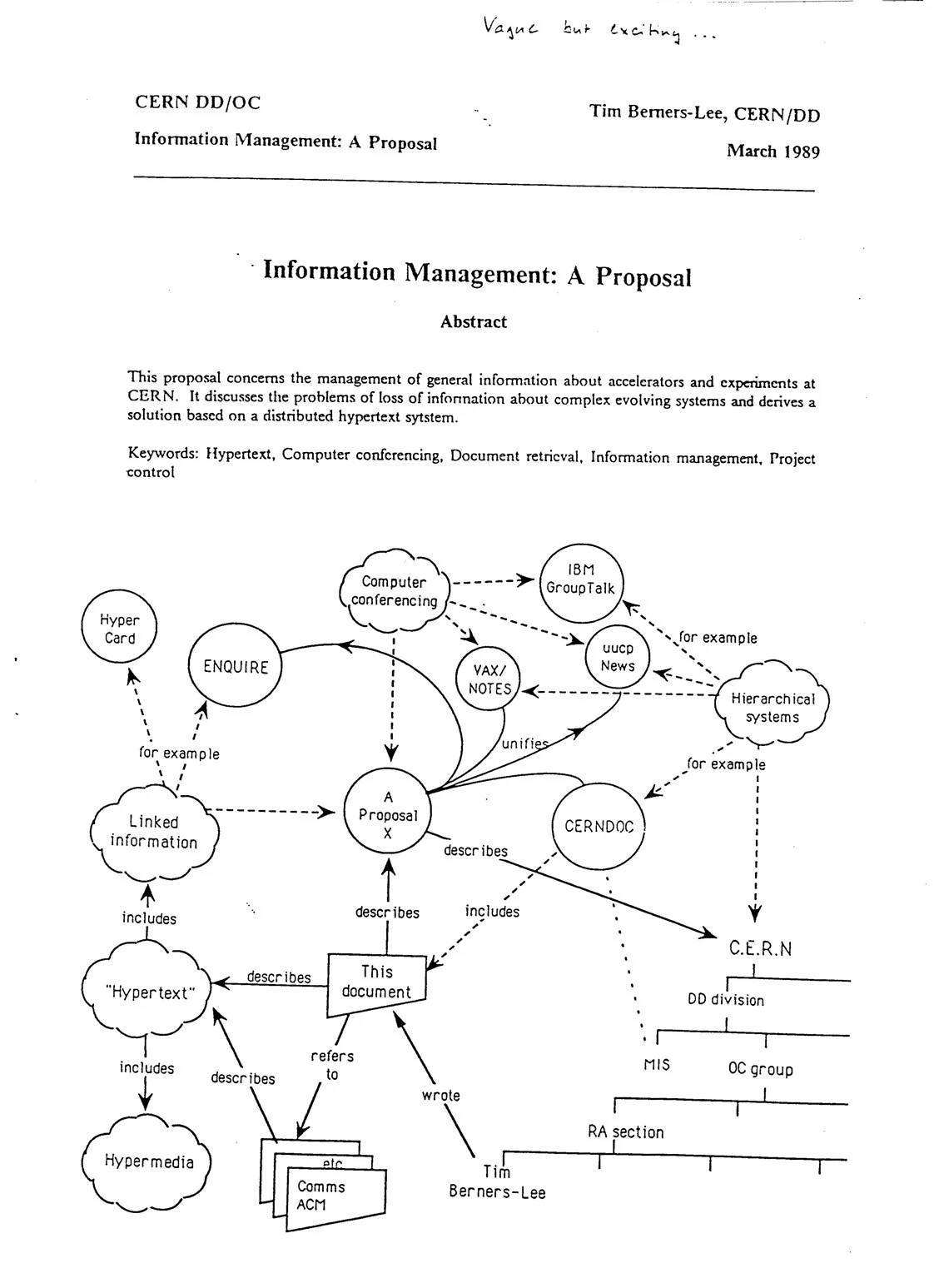
Tim Berners-Lee, a Briton, had been working for the Conseil européen pour la recherche nucléaire (CERN) in Geneva since 1980. However, he was frustrated by the lack of information sharing between the hundreds of scientists at CERN. One of the barriers to this communication was the disparity of platforms used: besides the Mac/PC divide, there were several different mainframes operating under Unix as well as antiquated or even esoteric systems.
In March of 1989, Tim Berners-Lee presented his boss, Mike Sendall, with a proposal for information management that would solve the problem: a new information system based on shared hypertext documents. “Vague but exciting”, was the comment Sendall jotted on the proposal, giving Berners-Lee the green light to develop his idea.
1990
Project Development
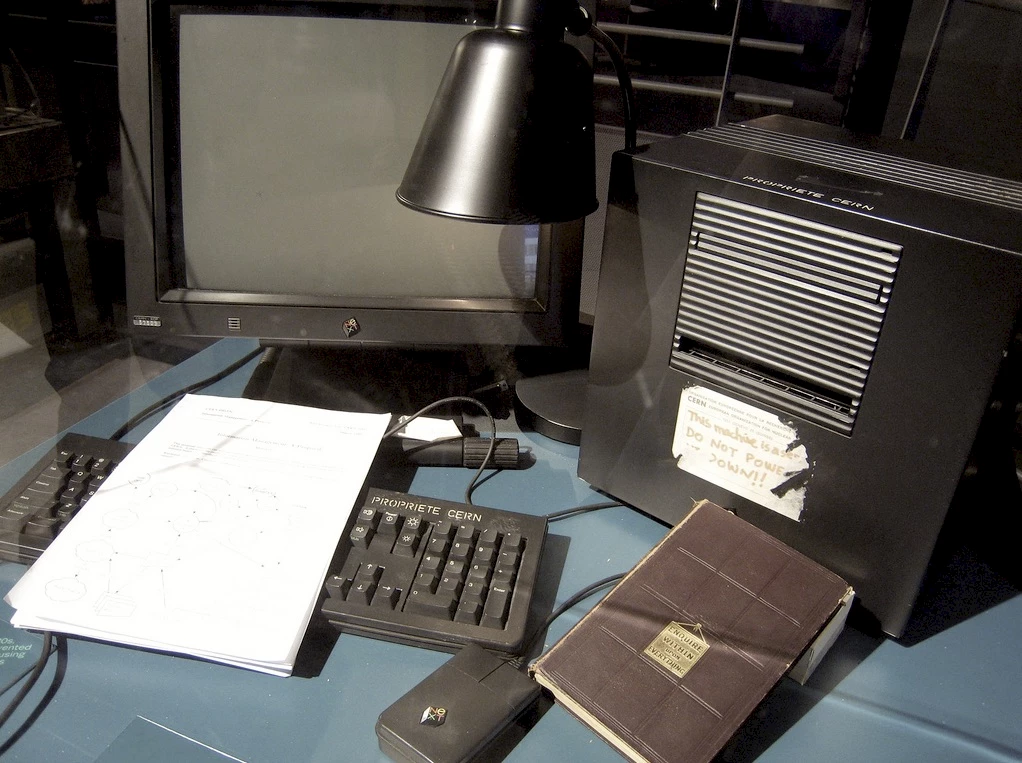
In May of 1990, Tim Berners-Lee resubmitted his proposal, but it wasn’t until September that Mike Sendall authorized the purchase of a NeXTcube computer that would enable the development of the hypertext system.
In October, Tim Berners-Lee developed a basic software program enabling the viewing and editing of hypertext documents, called “WorldWideWeb”.
Robert Cailliau, a Belgian IT engineer who worked in another department at CERN, immediately saw the potential of Berners-Lee’s idea, volunteering his services to help develop the information management project. Cailliau then lobbied hard to obtain support and funding for Berners-Lee’s project.
Birth of the World Wide Web
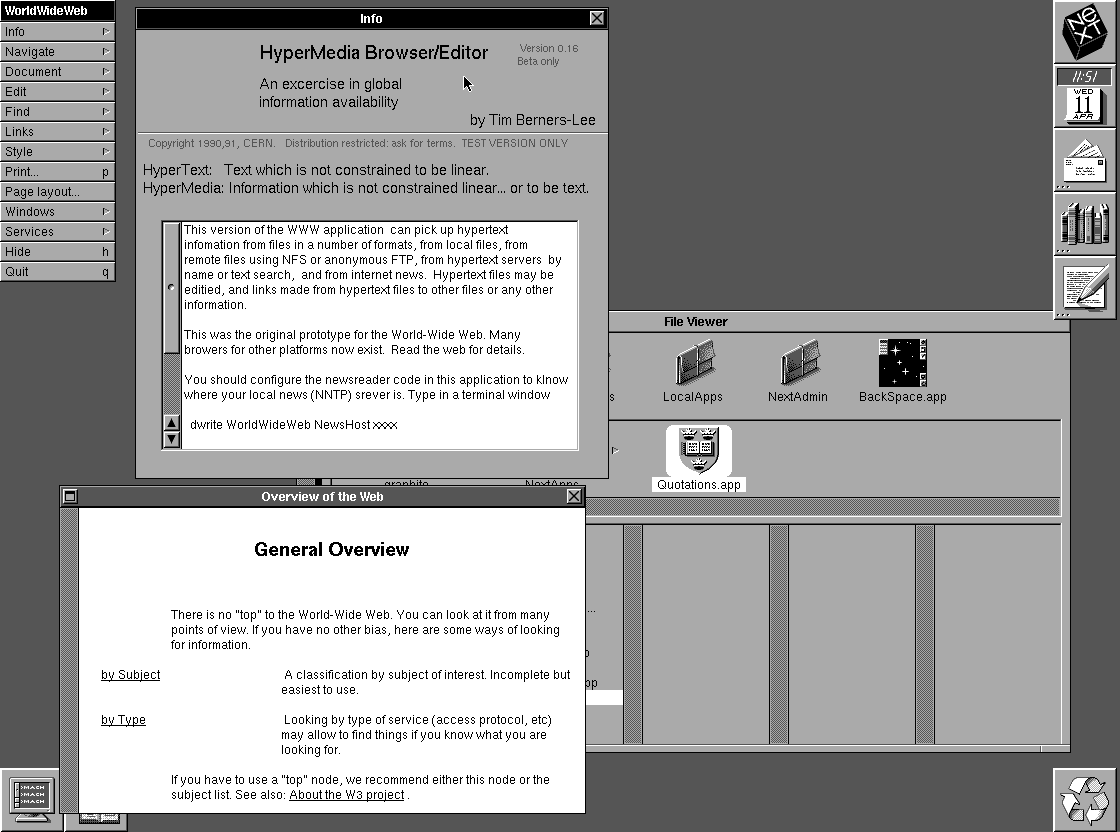
On November 12th, Berners-Lee and Cailliau released a new version of the information management system proposal. The first server to come on-line, at nxoc01.cern.ch, hosted the first-ever Web page, TheProject. This date is considered the official birth date of the WorldWideWeb.
1991
The World Wide Web Extends Beyond CERN
In May of 1991, the WWW was deployed on CERN’s central servers, making it accessible and modifiable by all of its employees and giving them a tool to easily organize and share information.
In August of 1991, Tim Berners-Lee released the project on Usenet, giving the entire world access to the WWW’s initial tools (documentation and software).
1992
The World Wide Web Expands
Several scientific and academic institutions experiencing the same communications problems as CERN started taking an interest in Berners-Lee’s project, experimenting with its tools.
By the end of the year, the World Wide Web was made up of about thirty servers across the world.
1993
The World Wide Web Goes Global
1993 was a watershed year in the history of the Web. That’s when it became truly world-wide, with the creation of critical tools and the adding of new servers. Thanks to Robert Cailliau’s representations to CERN’s lawyers, on April 30th, the WWW was made available and free to all, free of patents and royalties, opening up the Web to commercial use.
In February, the National Center for Supercomputing Applications (University of Illinois at Urbana-Champaign) provided an alpha version of the first graphic-interface browser ever, Mosaic, for X Window System, the Windows-based graphic environment for Unix. The same year, Mosaic was adapted for Macintosh, Windows and Commodore’s Amiga. The ancestor of Netscape Navigator, Mosaic is the software that democratized the use of the Web. Mosaic also introduced the concept of adding images on Web pages, causing an amused Berners-Lee to quip: “This will attract people who’ll post pictures of naked women on the WWW!” History proved him right, though even he never predicted the tidal wave of kittens that would submerge the Web.

By the end of that same year, there were over 200 HTTP servers worldwide, and large publications such as the The New York Times, The Guardian, and The Economist started featuring articles on the subject.
1994
The Web’s First Woodstock
On May 25–27, Geneva hosted the first international conference on the WWW. This meeting was the forerunner of the World Wide Web Consortium (W3C), an institution dedicated to shaping the future of the Web, created on October 1st of that year.
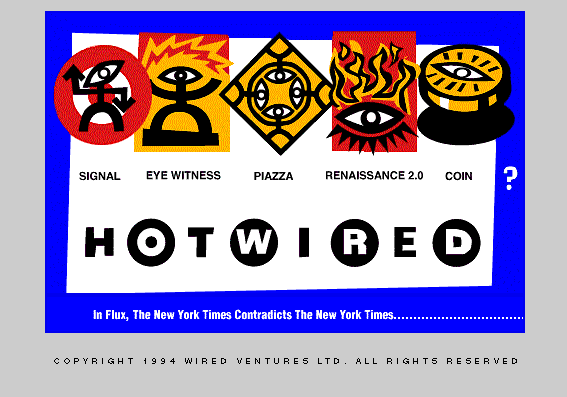
At the end of 1994, CERN made the financial decision to concentrate on the (very expensive) hadron collider and to pass the WWW torch to the Institut National pour la Recherche en Informatique et Automatique (INRIA, France). At that time, the number of HTTP servers was in the thousands, with new sites such as Jerry and David’s Guide to the World Wide Web, the first directory of Web links which became Yahoo the following year, Whitehouse.gov, the official site of the White House, HotWired, Wired magazine’s Web site, and WebCrawler and Lycos, the first Web search engines.
1994 also saw the first ad on the Web and the first on-line pizza sale, a large pepperoni and mushroom pizza with extra cheese.
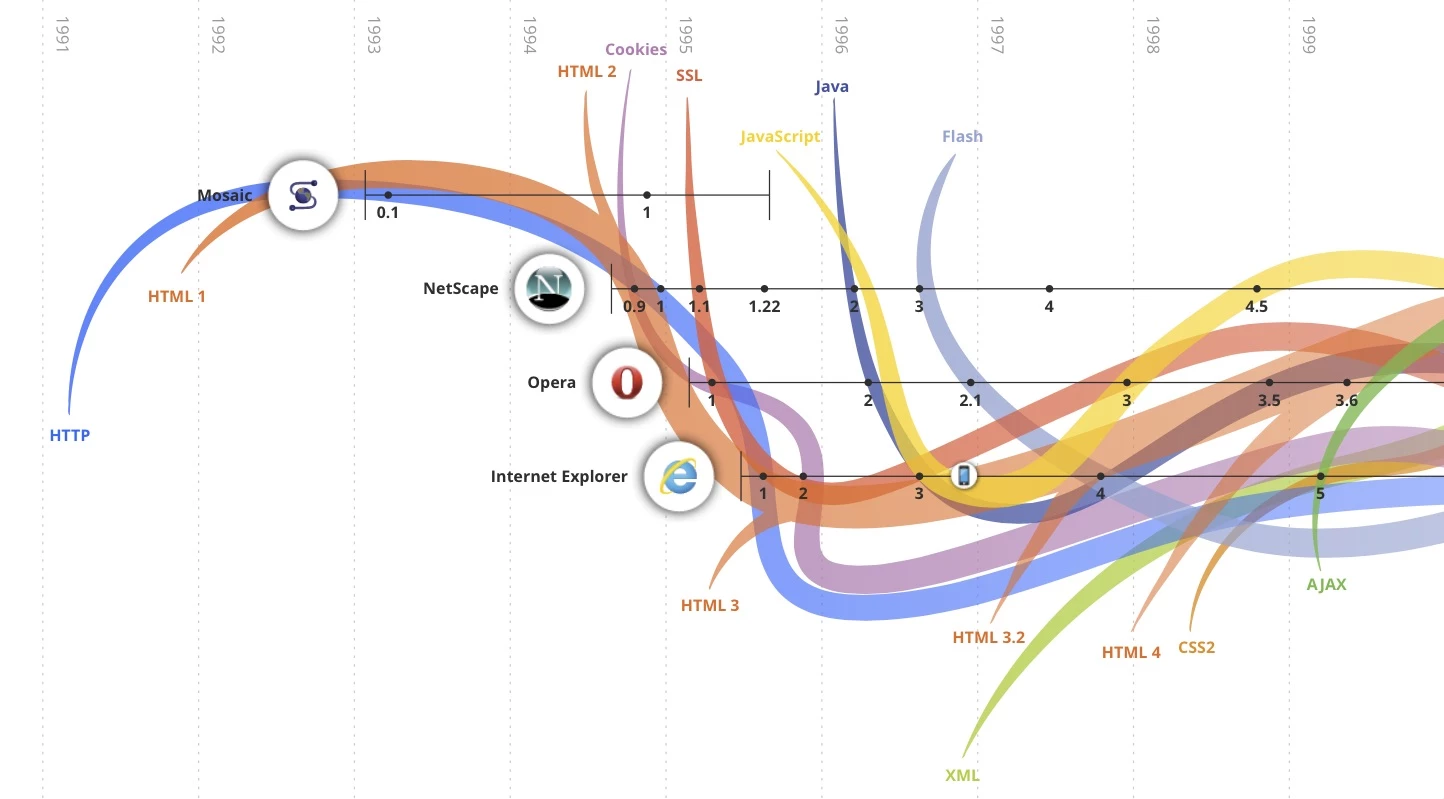
References
- W3C, Tim Berners-Lee, “Information Management: A Proposal”, 1989.
- W3C, Tim Berners-Lee, “Answers for Young People.”
- W3C, Tim Berners-Lee, “FAQ: Robert Cailliau's role.”
- W3C, Tim Berners-Lee, Robert Cailliau, “WorldWideWeb: Proposal for a HyperText Project”, 1990.
